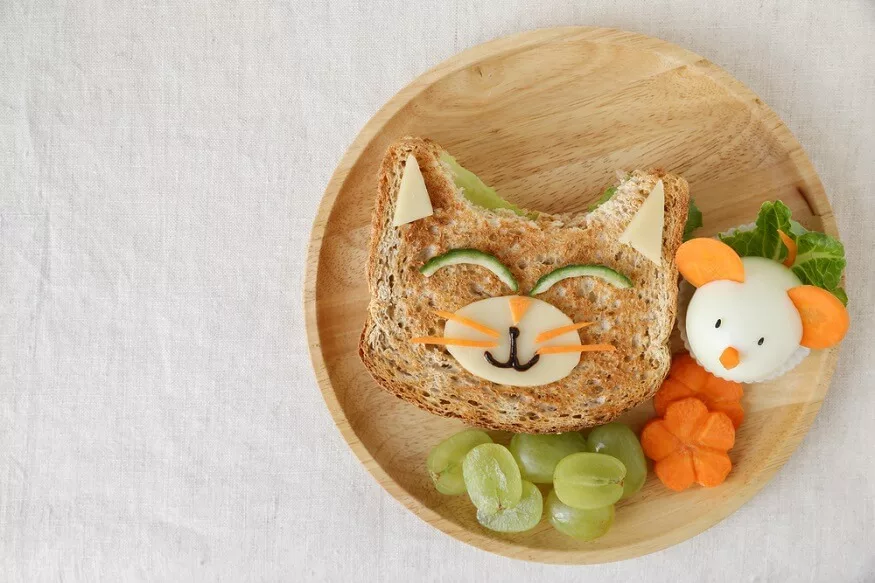mathematics, as kids, some loved this subject while some did not, and some had no choice but to try and grasp it in the very form it was presented in. Maths effectively builds mental discipline and encourages logical reasoning and mental rigour. We all know that maths is important, and mathematical knowledge plays a vital role in making the contents of other subjects understandable in school, such as science, social studies, and even music and art.
Algebra, number theory, geometry, and arithmetic are the main types of maths. However, today we are here to explore Vedic mathematics, which applies to various calculations such as arithmetical calculations, algebraic equations, number theory, partial fractions, simultaneous equations, calculus, square root, cube root, coordinate geometry, and many more. Abacus, which is also a technique, is similar to Vedic maths.
There are several teaching methods of maths, which include lecture, inductive, deductive, and heuristic or discovery, analytic, synthetic, problem-solving, laboratory, and project methods. So, without any further ado, let us understand what Vedic maths is and learn the importance of Vedic maths along with the Vedic maths meaning.
Vedic maths consists of 16 Sutras called the formulae and 13 sub-sutras called sub formulae. It is a collection of methods to solve numerical computations quickly and faster. These sutras can be applied to solve problems in arithmetic, algebra, geometry, calculus, conics, and many more.
Benefits of Vedic maths for kids –
- Vedic maths increases concentration and confidence.
- Helps kids make faster mental calculations, making children more attentive.
- Vedic maths fosters the art of concentration in your little ones.
With this form of maths, kids have better concentration and can study more with confidence.
Also read : Fun maths dice games to play at home
What are the rules of Vedic maths?
To know the Vedic maths meaning, one must follow the rules of Vedic maths, which are:
- Nikhilam Sutra.
- Gyarasguna Sutra.
- Ekanunena Purneva Sutra.
- Antyaordasake Pi.
- Navamguna Sutra.
Many people ask how Vedic maths differs from normal maths. Well, Vedic maths not only uses arithmetic fundamentals but also applies to subjects such as science, engineering, astrology, astronomy, and more. Studies have proven that Vedic maths formulas outpace modern maths formulas in multiplication.
Now that we know Vedic maths for kids is beneficial, let us have a look at some more benefits. Vedic maths is one of the fastest known mental maths techniques. It has its roots in Ancient Indian Scriptures called the Vedas, meaning ‘the fountainhead of knowledge.’ It is commonly used to solve problems in addition, subtraction, multiplication, and division, and it also helps to solve complex maths problems like algebra, calculus, and trigonometry.
So now that we know the importance of Vedic maths and Vedic maths meaning, let us look at some facts. The right age to learn Vedic maths is for kids above fourteen years of age. It helps in learning shortcuts to complicated maths problems, and that is why children should learn Vedic maths. Children get comfortable with numbers, and it helps them solve any calculations like roots, square roots, cubes, and squares in an easier and faster manner. Kids become calm and confident with numbers.
Vedic maths is known for its simplicity, accuracy, and speed and hence is considered easy. Vedic maths tricks are said to be able to solve complex problems easily and efficiently. The tricks are renowned for their intriguing methods of solving mathematical problems.
Also read : 15 Best maths Puzzles for Class 3
Now that we know so much about what Vedic maths is and Vedic maths meaning, let us understand who should learn Vedic maths. While it is applicable for students from grades 3 to 12, and for students who are writing competitive exams, and also for parents and teachers who are teaching their children. Vedic maths is also very useful and helpful in our day-to-day mathematical calculations. Hence, anyone who wants to get better at maths must learn Vedic maths.
So many people ask since it is so beneficial why Vedic maths is not taught in schools. Since both modern and Vedic maths have a different approach and nature, the fact is that western maths is more popular and versatile in the contemporary world. Vedic maths is beneficial; however, the texts are mostly available in Sanskrit and other old literature. It definitely needs more resources, research, and time to come into the mainstream subject.
When someone asks if Vedic maths is better than modern maths, one may say that Vedic mathematics aids in faster and accurate mental calculations by utilising the 16 sutras and the 13 sub-sutras. Individuals can solve many difficult equations in addition, division, multiplication, algebra, and so on solely through mental calculations.
Now that we know so much about the importance of Vedic maths and the benefits of Vedic maths for kids, would you not want to know who invented Vedic maths? The Indian monk Bharati Krishna Tirtha wrote the book “Vedic mathematics,” which first got published in the year 1965.
Also read : What are the different lines in maths?
16 Sutras of Vedic maths:
|
S.No. |
Sutras Name |
Meaning |
|
Sutra 1 |
Ekadhikina Purvena |
By one more than the previous one |
|
Sutra 2 |
Nikhilam Navatashcaramam Dashatah |
All from 9 and the last from 10 |
|
Sutra 3 |
Urdhva-Tiryagbyham |
Vertically and crosswise |
|
Sutra 4 |
Paraavartya Yojayet |
Transpose and adjust |
|
Sutra 5 |
Shunyam Saamyasamuccaye |
When the sum is the same that sum is zero |
|
Sutra 6 |
(Anurupye) Shunyamanyat |
If one is in ratio, the other is zero |
|
Sutra 7 |
Sankalana-vyavakalanabhyam |
By addition and by subtraction |
|
Sutra 8 |
Puranapuranabyham |
By the completion or non-completion |
|
Sutra 9 |
Chalana-Kalanabyham |
Differences and Similarities |
|
Sutra 10 |
Yaavadunam |
Whatever the extent of its deficiency |
|
Sutra 11 |
Vyashtisamanstih |
Part and Whole |
|
Sutra 12 |
Shesanyankena Charamena |
The remainders by the last digit |
|
Sutra 13 |
Sopaantyadvayamantyam |
The ultimate and twice the penultimate |
|
Sutra 14 |
Ekanyunena Purvena |
By one less than the previous one |
|
Sutra 15 |
Gunitasamuchyah |
The product of the sum is equal to the sum of the product |
|
Sutra 16 |
Gunakasamuchyah |
The factors of the sum is equal to the sum of the factors |
At EuroSchool, we want kids to learn beyond accessibility and more than the boundaries that have been set. We encourage students to look for different options and make wise and choicest decisions to make their future better and brighter. To ensure the right guidance for your kids from the start, enrol with us. Check out our school admission process and ensure timely admission.











